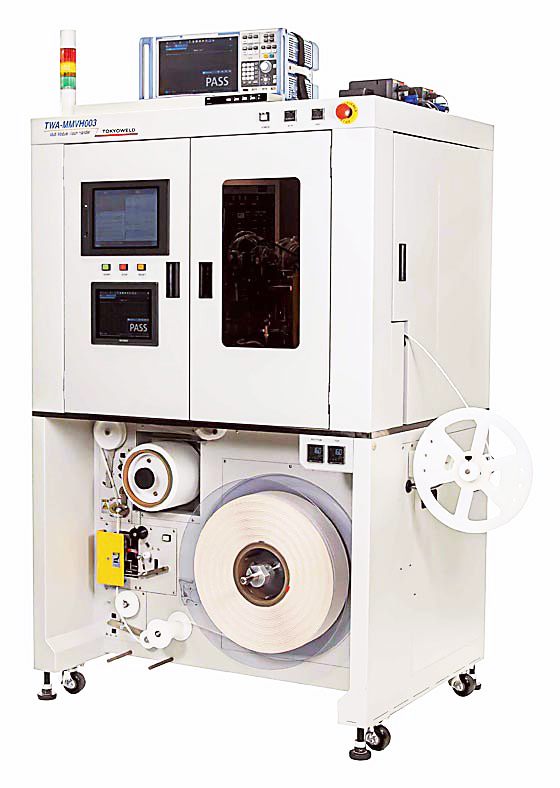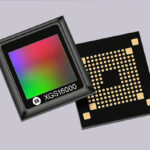ASIA ELECTRONICS INDUSTRYYOUR WINDOW TO SMART MANUFACTURING
Tokyo Weld Integrates Artificial Intelligence to AOI System
Tokyo Weld Co., Ltd. has integrated artificial intelligence (AI) into the inspection algorithm of its main automated optical inspection system (AOI). The installed AI dramatically simplifies the setting of threshold, which requires complex configuration and skills in the creation of an inspection algorithm.
Mainly, AOI systems inspect the quality of capacitors, inductors, and diodes, among other components. The company’s AOI systems leverage on the imaging technology it has accumulated in the production of testing and sorting machines for electronic components. Specifically, the TWA-4100 Series is the company’s flagship AOI system.
The TWA-4100 Series adopts a technology that transfers electronic components supplied from the parts feeder to a rotating glass table. Specifically, this technology uses the electrostatic chuck method (glass transfer method).
Moreover, there are six CMOS image sensors installed in the AOI system. These cameras capture images of components on the inspection stage without causing positional shifts. They inspect the front, rear, right, left, top, and bottom surfaces of components.
Portfolio of Products, Technologies
Tokyo Weld has transfer, control, circuits, measurement, and imaging as core technologies. The company offers terminal coating machines; testing and sorting machines; and taping machines for discrete semiconductors, such as diodes, transistors, and light-emitting diodes (LEDs), as well as for passive electronic components, such as inductors, capacitors, and resistors.
With transfer technology, the company constructs a micro-mechanism using motors, actuators, air bulbs, and other devices. It accurately transfers minute electronic components weighing 1mg or less at high speeds. This operation is done accurately taking hydrodynamics into consideration.
Further, Tokyo Weld developed and released general-purpose Multi-Module Test Handler (MMTH); Multi-Module Insert Handler (MMIH), which transfers and aligns components; and Multi-Module Vision Handler (MMVH), which adopts a suspension transfer system. In developing these new machines, the company applied the transfer technologies implemented in its components AOI systems.

Customers can rearrange the MMTH general-purpose test handler based on their requirements. The feed, test, and discharge sections are modularized. Moreover, the company enables the combination of diverse test modules, such as various AOI, electric measurement, optical measurement, and temperature measurement modules, to meet a wide range of needs.
Meanwhile, the MMIH components transfer and alignment system aligns electronic components and semiconductor devices. It then transfers them onto pallets for storage. It is also designed to align relatively large electronic components and discrete components on trays.
By adopting a suspension transfer system, the MMVH test handler enables the stable transfer of mechanical components. It allows visual inspection of products with various shapes through suction and transfer of components. Furthermore, it also inspects products with complex shapes. Specifically, it prevents contact of products during transfer, aligns electronic components and semiconductor devices, and transfers them onto pallets for storage.




